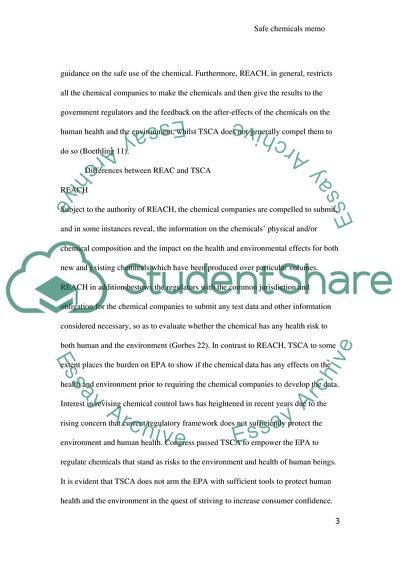Cite this document
(Safe Chemicals Act Memo Speech or Presentation Example | Topics and Well Written Essays - 2000 words, n.d.)
Safe Chemicals Act Memo Speech or Presentation Example | Topics and Well Written Essays - 2000 words. Retrieved from https://studentshare.org/chemistry/1769111-a-background-briefing-memorandum-for-an-upcoming-hearing-on-the-proposed-safe-chemicals-act
Safe Chemicals Act Memo Speech or Presentation Example | Topics and Well Written Essays - 2000 words. Retrieved from https://studentshare.org/chemistry/1769111-a-background-briefing-memorandum-for-an-upcoming-hearing-on-the-proposed-safe-chemicals-act
(Safe Chemicals Act Memo Speech or Presentation Example | Topics and Well Written Essays - 2000 Words)
Safe Chemicals Act Memo Speech or Presentation Example | Topics and Well Written Essays - 2000 Words. https://studentshare.org/chemistry/1769111-a-background-briefing-memorandum-for-an-upcoming-hearing-on-the-proposed-safe-chemicals-act.
Safe Chemicals Act Memo Speech or Presentation Example | Topics and Well Written Essays - 2000 Words. https://studentshare.org/chemistry/1769111-a-background-briefing-memorandum-for-an-upcoming-hearing-on-the-proposed-safe-chemicals-act.
“Safe Chemicals Act Memo Speech or Presentation Example | Topics and Well Written Essays - 2000 Words”. https://studentshare.org/chemistry/1769111-a-background-briefing-memorandum-for-an-upcoming-hearing-on-the-proposed-safe-chemicals-act.


